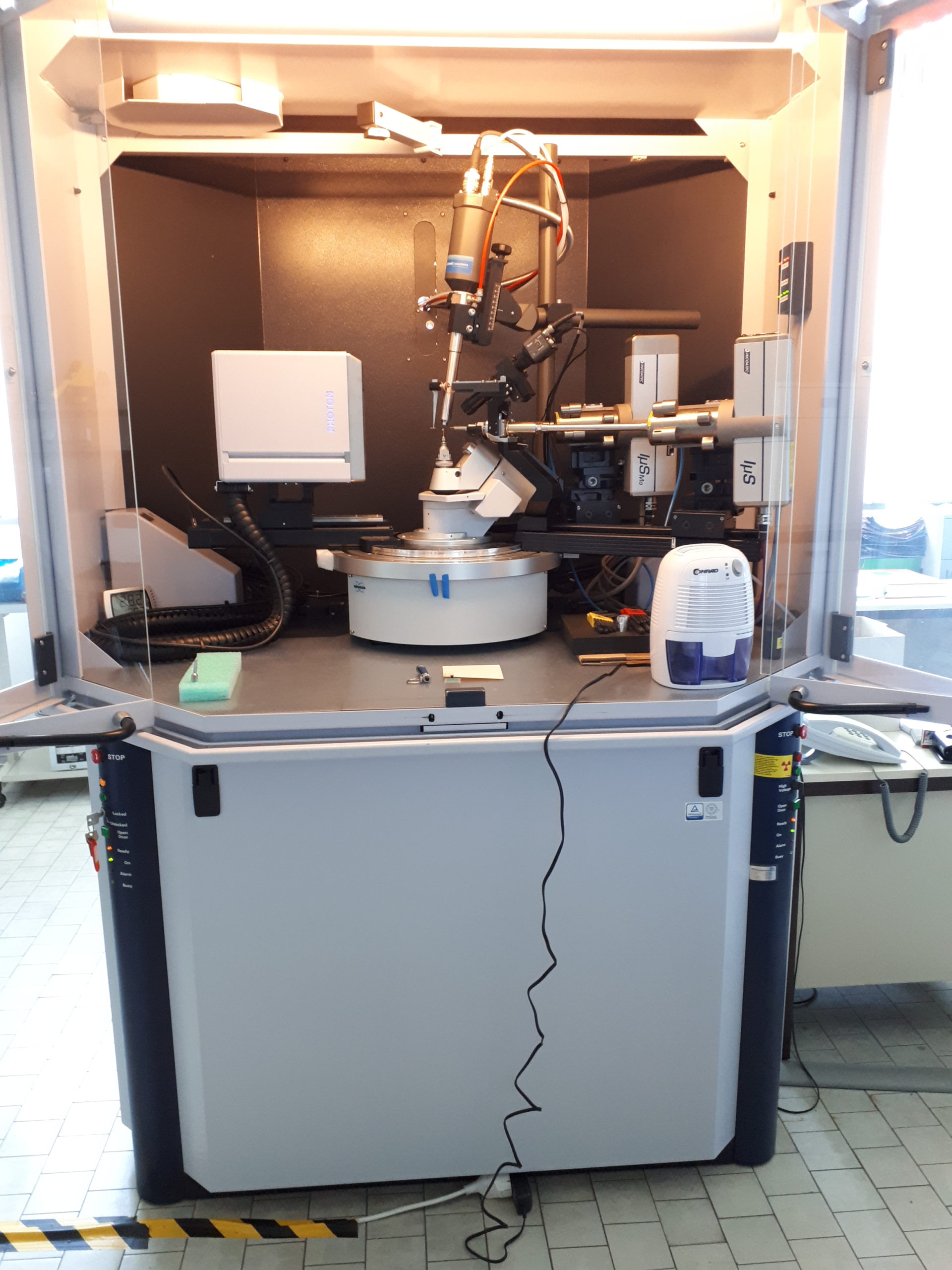

(6−8) Additionally, a practically and clinically useful chelator should accommodate (a pair of) theranostic isotopes (e.g., 177Lu, 111In, 86/90Y, 44/47Sc) for an accurate study of dosimetry to achieve optimal therapeutic effects. The cumbersome functionalization on the polyamine backbone or the sacrifice of a pendant arm can complicate the synthesis while restricting the linker variety or even reduce the complex stability. (5) In terms of bifunctionalization, most of the commercial chelators including DOTA and diethylenetriamine-pentaacetic acid (DTPA), lack a convenient spot for adding a linker. One of the benefits is that instead of relying on central manufacturing, clinicians can conveniently prepare the radioactive tracer in a local hospital, which mimics the existing practice for 99mTc kits. Although a small peptidomimetic conjugate usually has higher tolerance to the harsh radiolabeling conditions (e.g., 60–90 ☌ for 1,4,7,10-tetraazacyclododecane-1,4,7,10-tetraacetic acid, DOTA, Chart 1), fast and quantitative radiolabeling at room temperature facilitates handling and avoids potential degradation of the product.

The biodistribution profiles of 111In- and 177Lu-labeled tracers are different, but promising, with the 177Lu analogue particularly outstanding.Īn ideal chelator should possess rapid complexation kinetics and strong affinity for the radiometal ion at mild conditions (RT, <15 min complexation), as well as high versatility of linker incorporation (i.e., bifunctionalization) without sacrificing the coordination integrity. In this work, an alkyl linker was selected to couple H 4pypa to a PSMA-targeting pharmacophore, proving that the bioconjugation sacrifices neither the tumor-targeting nor the chelation properties. Moreover, the facile and versatile bifunctionalization enabled by the p-OH group in the central pyridyl bridge of the pypa scaffold (compound 14) allows incorporation of a variety of linkers for bioconjugation through easy nucleophilic substitution. All pM values are remarkably higher than those with DOTA, DTPA, H 4octapa, H 4octox, and H 4neunpa. The thermodynamic stabilities of the − complexes (M 3+ = In 3+, Lu 3+, La 3+) were dependent on the ionic radii, where the smaller In 3+ has the highest pM value (30.5), followed by Lu 3+ (22.6) and La 3+ (19.9).

Its radiolabeled complexes were achieved at >98% radiochemical yield, RT within 10 min, at a ligand concentration as low as 10 –6 M, with excellent stability in human serum over at least 5–7 days (<1% transchelation). Compared to the conventional chelators (e.g., DOTA, DTPA), H 4pypa has outstanding affinities for both 111In (EC, t 1/2 ≈ 2.8 days) and 177Lu (β –,γ, t 1/2 ≈ 6.64 days). H 4pypa is very functionally versatile and biologically stable. Here, we present the synthesis and characterization of a new potentially nonadentate chelator H 4pypa and its bifunctional analogue tBu 4pypa-C7-NHS conjugated to prostate-specific membrane antigen (PSMA)-targeting peptidomimetic (Glu-urea-Lys).


 0 kommentar(er)
0 kommentar(er)
